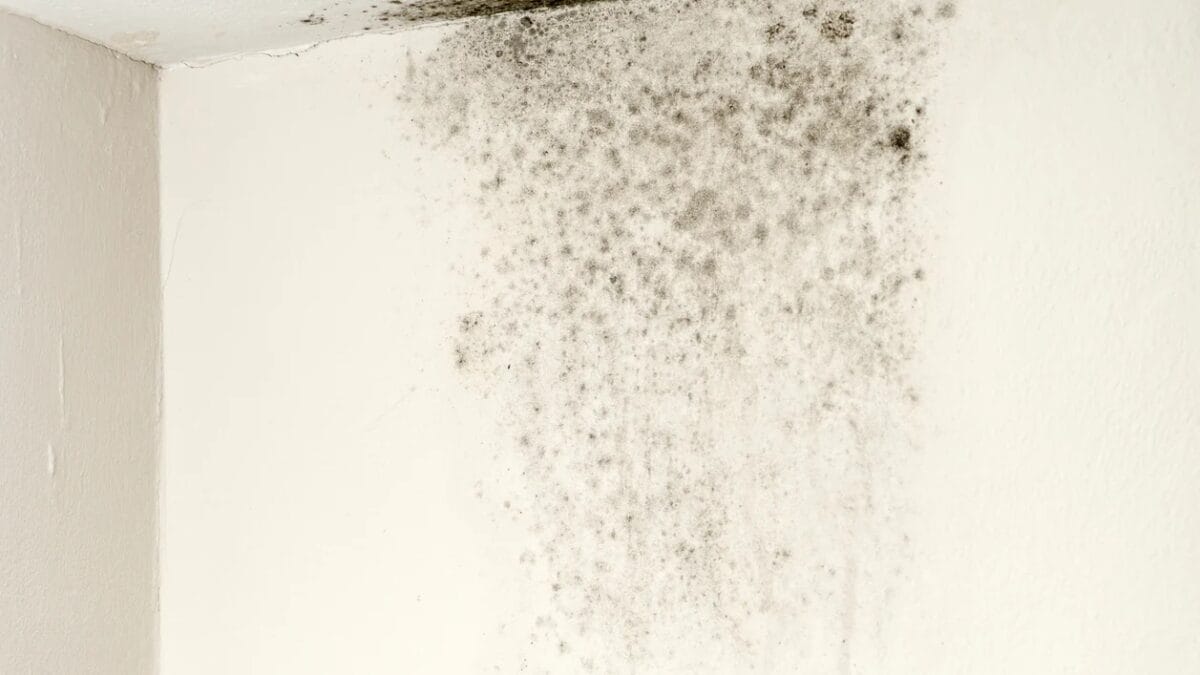Pests may be tiny in size, but their impact on public health and safety is nothing short of colossal. From spreading diseases to causing economic burdens, these unwanted intruders can wreak havoc on individuals and entire communities. In this blog post, we will delve into the detrimental effects of pests and explore how we can prevent and manage infestations to safeguard our well-being and environment. Let’s uncover the hidden dangers that lurk behind these seemingly harmless creatures!
Common Types of Pests and the Diseases They Carry
The common pests that carry diseases to our community are,
- Cockroaches, known for their resilience and ability to thrive in various environments, can carry pathogens that cause food poisoning and respiratory issues.
- Flies are notorious disease carriers, spreading bacteria like E. coli and Salmonella through contact with contaminated surfaces.
- Mosquitoes, while tiny, pose a significant threat as vectors for diseases such as malaria, dengue fever, and Zika virus.
- Rats and mice not only damage property but also transmit dangerous illnesses like leptospirosis and hantavirus through their urine and droppings.
- Bed bugs may not spread diseases directly but can trigger allergic reactions in some individuals due to their bites.
It’s crucial to be vigilant against these common pests to protect ourselves from the potential health risks they bring along.
How Pests Can Affect Individuals and Communities?
Pests can have a significant impact on both individuals and communities. For starters, pests like mosquitoes and ticks are known carriers of diseases such as malaria, dengue fever, Lyme disease, and West Nile virus. These illnesses can cause severe health issues for those affected, leading to hospitalizations and even fatalities.
Moreover, the presence of pests in communities can create a sense of unease and discomfort among residents. Infestations of rodents or cockroaches in neighborhoods can lower property values and tarnish the reputation of an area. Additionally, businesses may suffer if pests invade commercial spaces, resulting in financial losses due to damaged products or decreased customer traffic.
Furthermore, the psychological toll of dealing with pest infestations should not be underestimated. Constant worry about potential health risks or property damage can take a toll on mental well-being for individuals within affected communities. Finding sustainable solutions to manage pests is crucial for maintaining public health and safety standards.
The Economic Impact of Pest Infestations on Public Health and Safety
Pest infestations can wreak havoc on public health and safety, but the economic implications are often overlooked. The costs associated with pest control measures, medical treatments for diseases transmitted by pests, and property damage caused by infestations can add up quickly. Businesses may suffer financial losses due to closures or decreased productivity resulting from pest problems.
Furthermore, tourism and hospitality industries in areas prone to pest issues may experience a decline in visitors, impacting local economies. Government agencies also bear the burden of implementing public health initiatives to combat the spread of diseases carried by pests. These efforts require significant funding and resources that could otherwise be allocated towards other pressing needs within communities.
In addition to direct costs, there are indirect economic consequences of pest infestations, such as reputational damage to businesses or regions known for persistent pest problems. It is crucial for individuals, communities, and policymakers to recognize the economic toll that pests can take on public health and safety in order to prioritize prevention and management strategies effectively.
Environmental Consequences of Pest Control Methods
When considering the impact of pests on public health and safety, it becomes apparent that these nuisances pose a significant threat to individuals and communities alike. From spreading diseases to causing economic burdens and environmental harm, pests are more than just a minor inconvenience.
It is crucial for individuals, local authorities, and pest control professionals to work together to address these issues effectively. By taking proactive measures such as proper sanitation practices, timely pest management interventions, and adopting eco-friendly pest control methods, we can mitigate the adverse effects of pests on our well-being.
Ultimately, by understanding the implications of pest infestations and implementing appropriate strategies to combat them, we can create safer and healthier environments for everyone. Let’s join forces in the fight against pests for the betterment of public health and safety.
Steps to Prevent and Manage Pest Infestations in Homes and Public Spaces
Pests can wreak havoc on our health and safety if left unchecked. To prevent infestations in homes, start by sealing cracks and crevices where pests can enter. Keep food stored in airtight containers and promptly clean up any spills or crumbs to eliminate attractants.
Regularly inspect your home for signs of pest activity, such as droppings, chewed wires, or nesting materials. Consider using traps or baits for early detection and control. If the infestation persists, consult with a professional pest control service to address the issue effectively.
In public spaces, proper waste management is crucial to deter pests from breeding and spreading diseases. Educate the community about the importance of maintaining cleanliness to reduce pest attractions.
Implement integrated pest management strategies that focus on prevention rather than solely relying on pesticides. By taking proactive steps to manage pest infestations, we can safeguard public health and safety for everyone’s well-being.
Conclusion
Pests may seem like small nuisances, but their impact on public health and safety is significant. From spreading diseases to causing economic burdens and environmental harm, pests pose a threat that should not be underestimated. By understanding the risks associated with common household pests and taking proactive measures to prevent infestations, individuals and communities can safeguard their well-being.
Remember, pest control is not just about eliminating unwanted intruders; it’s about protecting our health, safety, and environment. Stay informed, stay vigilant, and together we can create healthier spaces for everyone to thrive in. Let’s work towards a future where pests no longer jeopardize public health and safety.



